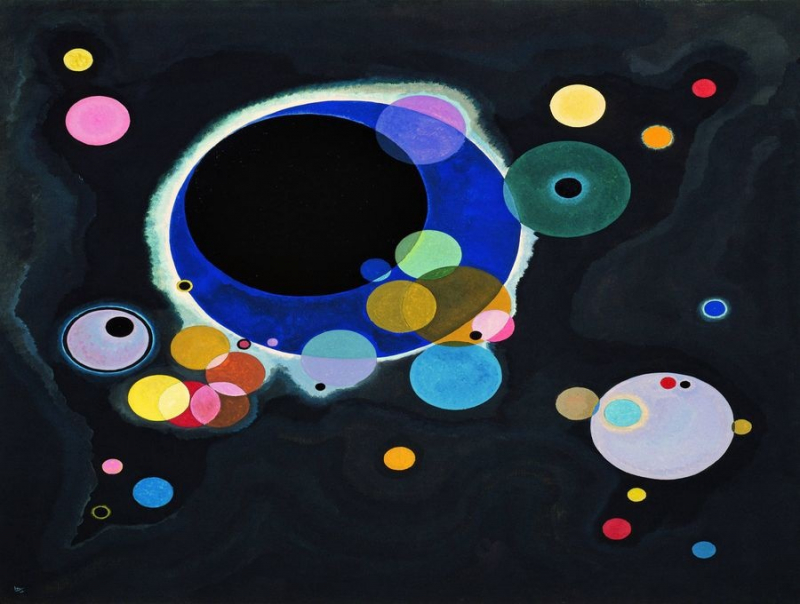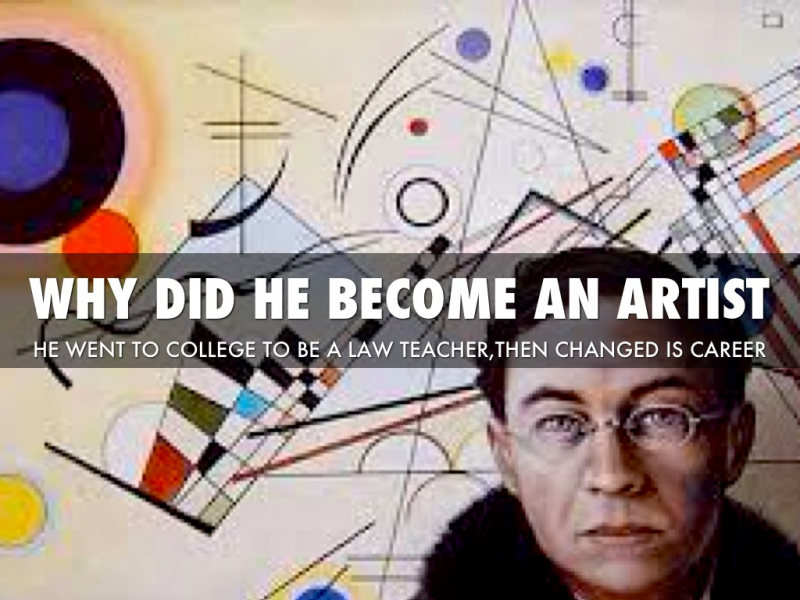Several Circles
After moving back to Germany from Russia in the early 1920s, Kandinsky's works began to take on a distinctive geometric quality, more space began to appear on the canvas, and spontaneity gave way to order. The painter continued his investigation into the interaction and effect of the primary components of the canvas, the colors and forms, since he was fascinated by the educational process and theoretical work at Bauhaus. In his "Several Circles," the painter brought to life his own theoretical investigations. By purposefully confining himself to just one shape, the circle, Kandinsky concentrated all of his attention on other elements that make up the composition, such as colors and masses and where they are placed on the canvas in relation to one another. In addition, “Several Circles” unlike many of Kandinsky’s abstract works have no any objective connotations. It is a pure abstraction.
The circle is the synthesis of the greatest oppositions, according to Kandinsky. It blends the eccentric and concentric in an equilibrium and in a single form. It most directly identifies the fourth dimension out of the three fundamental types. Kandinsky created a set of ten images in the 1920s in which the circle is the only form. His most significant piece for expressing the essence of the circle is the picture Several Circles, which represents the culmination of this series. The picture is made up of several circles that have been thoughtfully arranged on a black backdrop, which makes them appear larger to the viewer. A perfect illustration of Kandinsky's emphasis on the expressive character of abstract forms is Several Circles.
Location: The Guggenheim, New York, United States
Style: Geometric Abstraction
Year: 1926












